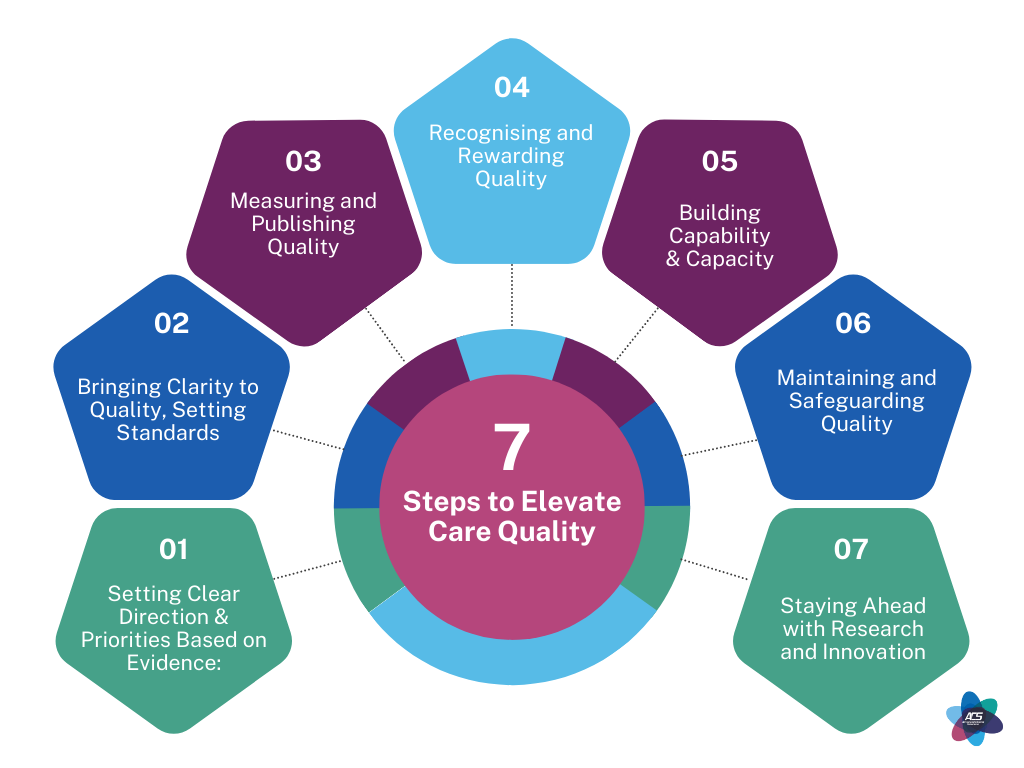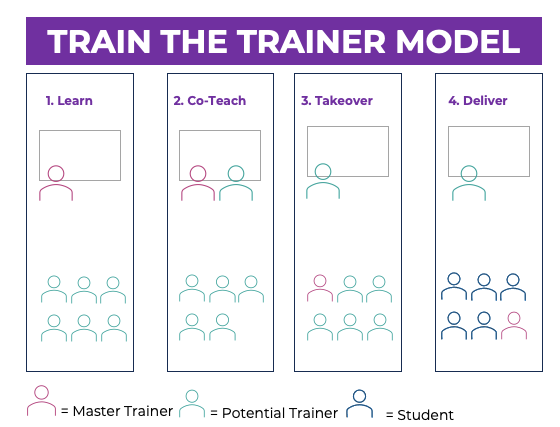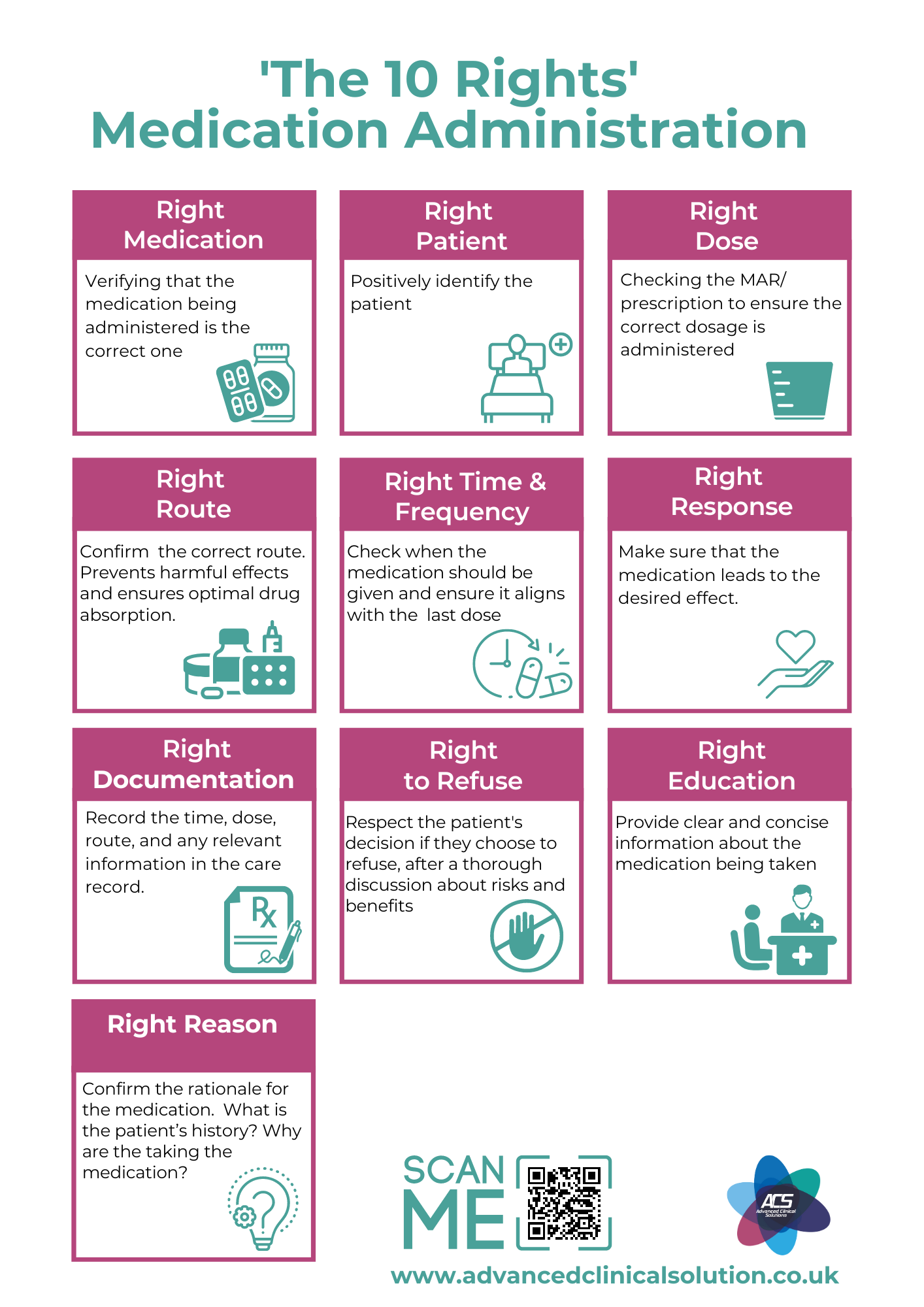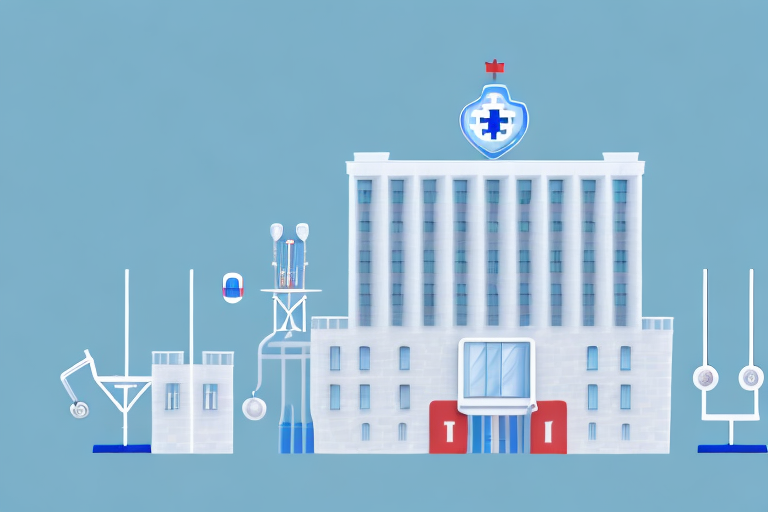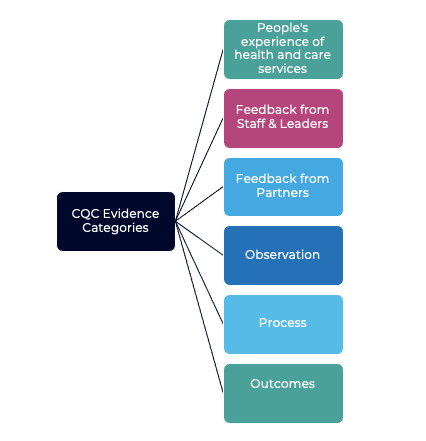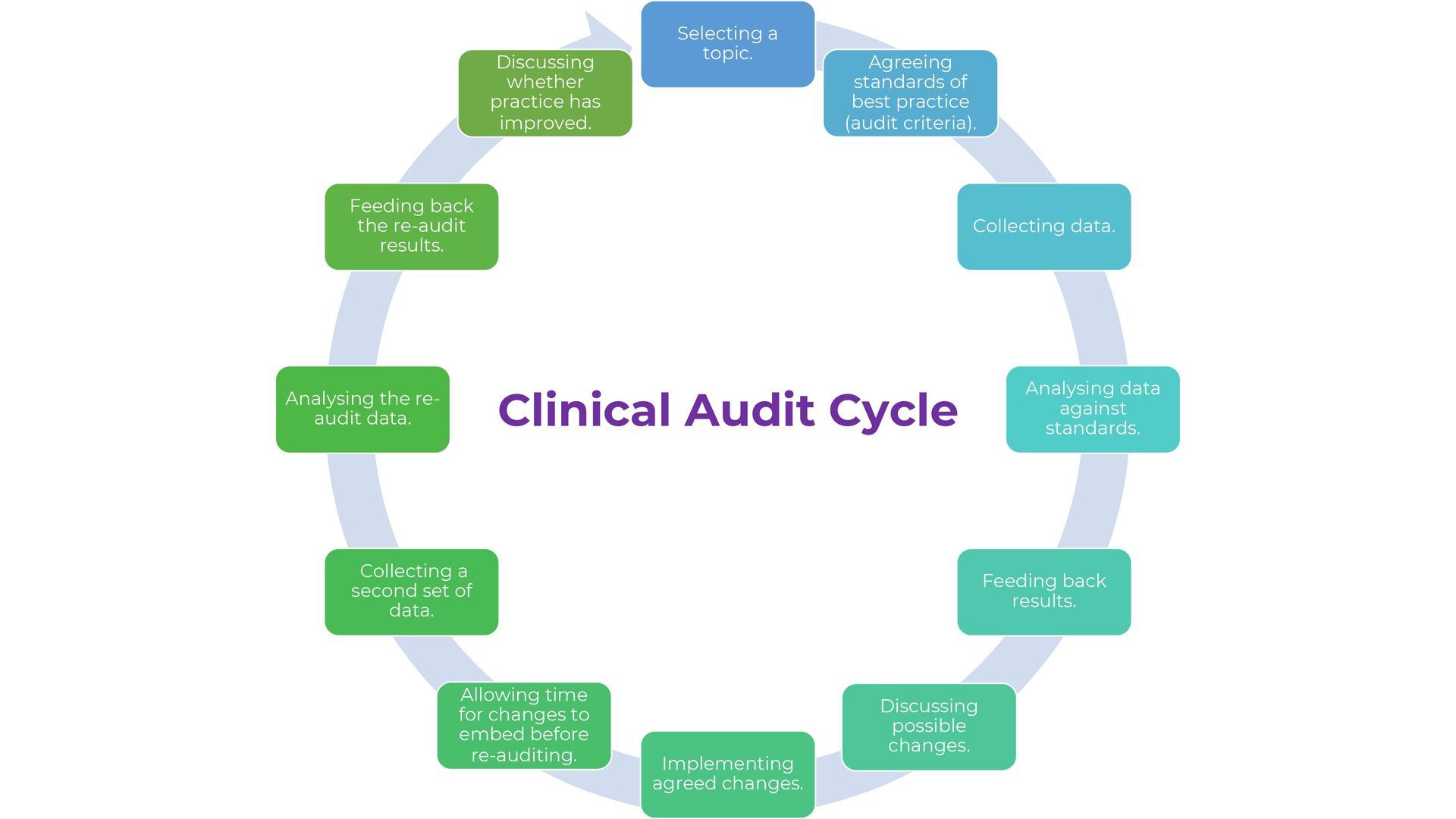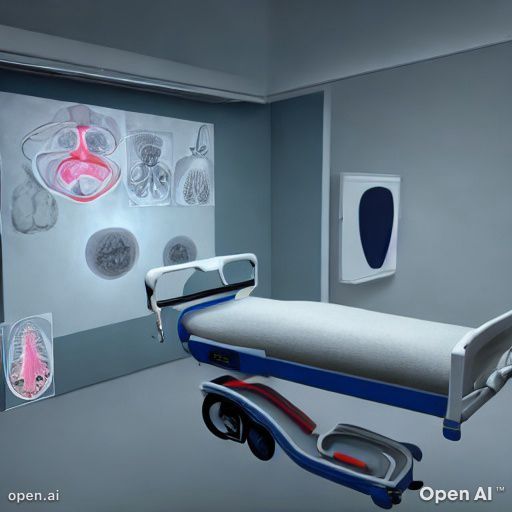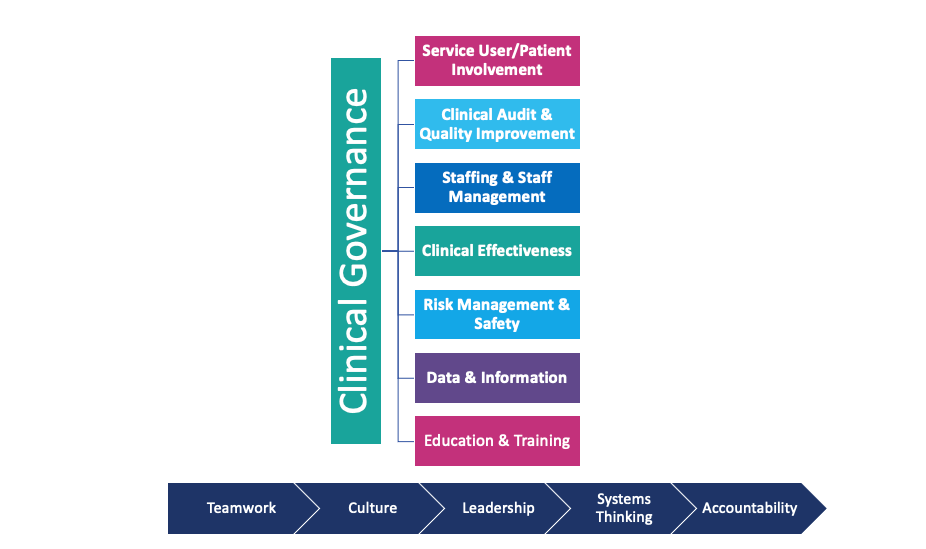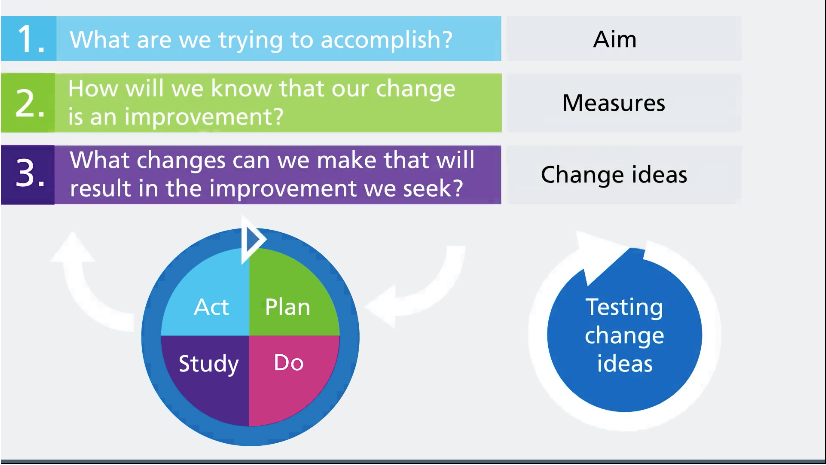Safety Through Learning Focus
The New CQC Strategy
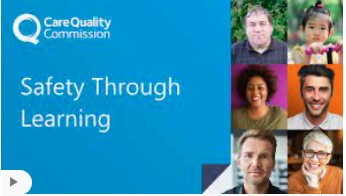
The CQC is the independent regulator of health and social care in England. A new strategy for the changing world of health and social care - CQC's strategy from 2021 has recently been published. The aim of the regulator with the new strategy will have important implications for improving patient safety. It will play a key role in holding organisations to account on safety issues. It also has the potential for more widespread patient safety improvements.
The CQC's new strategy centres over 4 themes.
1. People and Communities
Driven by people’s experiences, what they expect and need from health and care services.
2. Accelerating improvement
Making improvement happen, targeting the priority areas that need the most support
3. Smarter regulation
Flexible and dynamic assessment processes, targeted and driven by data.
4. Safety through learning
Focus on strong safety cultures and the importance of learning and improvement.
To see “Safety through learning” as one of the four core themes of the new CQC strategy was a breath of fresh air . In this blog I outline the key points of the Safety through Learning element. This is an area I have championed for over 10 years. So what are the key takeaways:
Health & Social Care - Systems Thinking
In 2010, when working as a Theatre Nurse, I heard the profound story of Martin Bromily ,OBE . He gave a talk about the death of his wife during 'a routine operation'. Since then I have been a huge advocate for clinical human factors and systems thinking. In healthcare today there are a range of views on what this actually means, but a common healthcare definition is this
''A discipline that considers both the physical and mental characteristics of people as well as the organisational factors or wider socio-technical system. It is the application of scientific methods to the design and evaluation of tasks, jobs, equipment, environments and systems to make them more compatible with the needs, capabilities and limitations of people.''
Sounds like a mouthful right! But by taking a 'Systems Approach' we acknowledge that incidents and accidents will happen. The system components of health and social care are complex. They can consist of the patient, the environment, the equipment, the individual staff members and their team, the organisation they work in and the wider culture.
Error happens due to a consequence of system design or an interaction in an element of that system. This links to learning lessons. Using errors as an opportunity to improve. Making it easier for people to do the right thing and more difficult to do the wrong thing
The Importance of Safety Culture
Advanced Clinical Solutions, are often commissioned to provide safety culture surveys. We are aware' blame culture' continues to be problematic across the health and social care spectrum . We have seen evidence of staff saying they did not feel involved in an error, near miss or incident. Staff tell us they feel they are not treated fairly when errors occur.
We also see signs of this through conversations with staff via our mock CQC inspection service . Staff are often reluctant to share areas of good practice and concerns about safety due to fear of loosing their job.
There is also a tendency to single out individuals rather than tackling the root causes of errors. Any organisational culture that seeks to assign blame when things go wrong only makes harm more likely to happen again. Working in a blame culture encourages people to cover up errors and mistakes, rather than reporting them.
Building Expertise
Patient Safety Concepts such as Clinical Human Factors and Systems Thinking are gathering pace in the acute sector. Human factors is a scientific discipline which examines the interactions between components of a system, whilst improving system performance and human well-being.
But , in my experience these concepts are not well known or utilised in the social care and community settings. The access to specialist advice on safety is very limited generally here . Focussing on safety as a speciality often falls below many other competing priorities or does not exist at all.
By having an understanding and applying these principles, we can improve performance, staff well-being and patient care. Building and developing internal safety capabilities and resilience will be of paramount importance under this new strategy
Involving Everbody
It will come as no surprise that for safety to be effective, there is a strong need to co-operate across different health and social care settings. As well as working with patients and service users , families and carers .Working across a regional or national network, that shares safety data and harmonises guidance.
To be safe forum for problem solving problems, this type of inter-facility cooperation is essential. At the moment there will need to see a serious amount of levelling up on knowledge and skills.
Regulating Safety
Health and social care providers, along with the CQC need to assess patient safety performance. The saying goes 'If we can measure it we can improve it’. Currently, the approach to patient safety is inconsistent across health and social care.
There is no clear definition of what ‘good’ looks like. There are no standards for patient safety across all areas of Health and Social Care. By introducing clear patient safety standards. This will enable health and social care organisations to apply evidence-based criteria. For evaluating, managing, and improving patient safety performance and reducing avoidable harm.
How we can ACS help on your 'Safety through Learning' journey ?
- We provide Safety Culture Surveys & Assessments, to check for open and honest cultures.
- We provide training in improving safety , such as Patient Safety Champions, Clinical Human Factors and Patient Safety Investigations
- Mentorship and Coaching for Safety Leaders
- Consultancy to develop a more robust safety framework
Book a free safety through learning consultation with us here
Email Us
For general enquiries & questions,
contact us via email
Book Free Consultation
Need some advice face to face? Book a free 30 minute MS Teams consultation
Share
CHECK OUT OUR OTHER BLOG POSTS
Knowledge Hub

